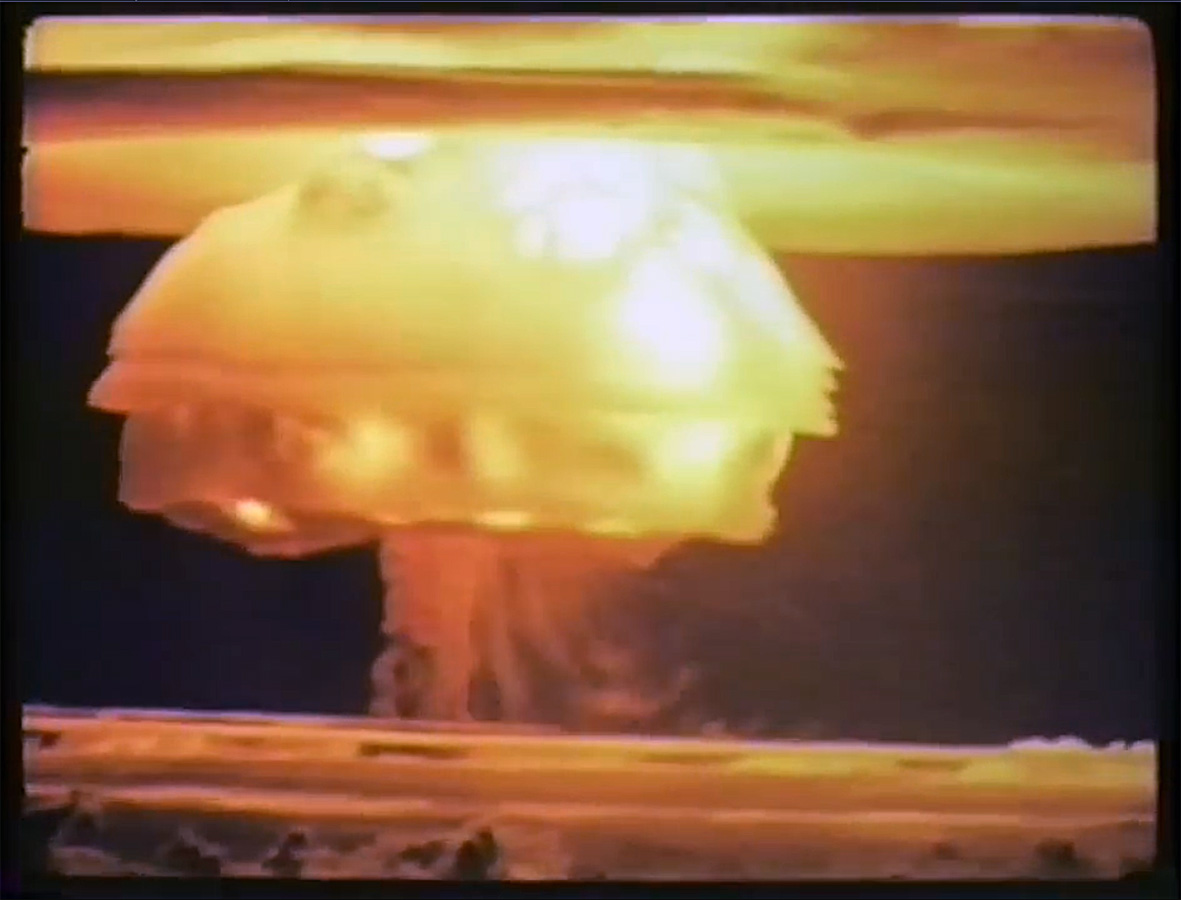
We’ve observed the footage. A bright blue sky abruptly transformed by a mushroom cloud of smoke followed by the thunderous blast of the explosion. Notably, many of these videos are quite dated, often originating from several decades ago. Contemporary nuclear arms have attained astonishing levels of destructive capability. A single error in the primary technology governing nuclear missile launches could result in a US nuclear strike on Shanghai, claiming over 30 million lives – far exceeding the total of 20 million deaths (both military and civilian) during World War 1.2
What exactly renders nuclear weapons so lethal? How can a warhead just a few feet long and a few inches wide inflict such widespread destruction? Today, we will delve into the scientific principles and advancements in nuclear weaponry, as well as the potential consequences of a nuclear strike.
What Mechanisms Drive Nuclear Weapons?
The nucleus of an atom holds an enormous amount of energy. We can harness this energy through two primary methods: nuclear fission and nuclear fusion.
Nuclear Fission
Typically, an atom’s nucleus is stable. However, the sizable nuclei found in certain heavy metal isotopes, such as uranium and plutonium, render these atoms unstable. In isotopes like Uranium-235 and Plutonium-239, it is feasible to direct a neutron at the nucleus, resulting in the atom splitting into two smaller atoms while expelling additional neutrons and a massive amount of energy. These emitted neutrons and energy can then initiate further fission reactions, leading to a rapid release of exponentially increasing energy.4, 5
Nuclear Fusion
Nuclear fusion is fundamentally different from nuclear fission. Where fission divides a single atom into two, fusion combines two very small atoms, typically hydrogen isotopes (such as deuterium and tritium), at extremely high temperatures, creating a larger atom (generally a helium isotope). Likewise, this process releases an immense amount of energy to sustain subsequent reactions. Ultimately, nuclear fusion powers our planet, as it is the very phenomenon occurring in the sun, where hydrogen atoms are fused to form helium, emitting energy as light and heat that sustains life on Earth (and us!).4, 5
The Progression of Nuclear Arms
As previously noted, most nuclear explosion footage showcases the earliest models of nuclear armaments. Over time, advancements in technology and engineering have led to the development of even more destructive devices.
The Atomic Bomb
The original nuclear weapons that were created relied solely on nuclear fission and were dubbed atomic bombs. These infamous devices were employed in Hiroshima and Nagasaki.4 Although these are among the least powerful nuclear weapons presently, their capacity should not be underestimated. The bombs dropped on Hiroshima and Nagasaki had destructive capabilities equivalent to 15,000 and 21,000 tons of TNT, respectively.4 By way of comparison, a single kilogram of TNT is sufficient to obliterate a small car.